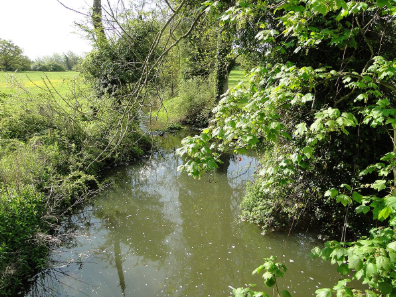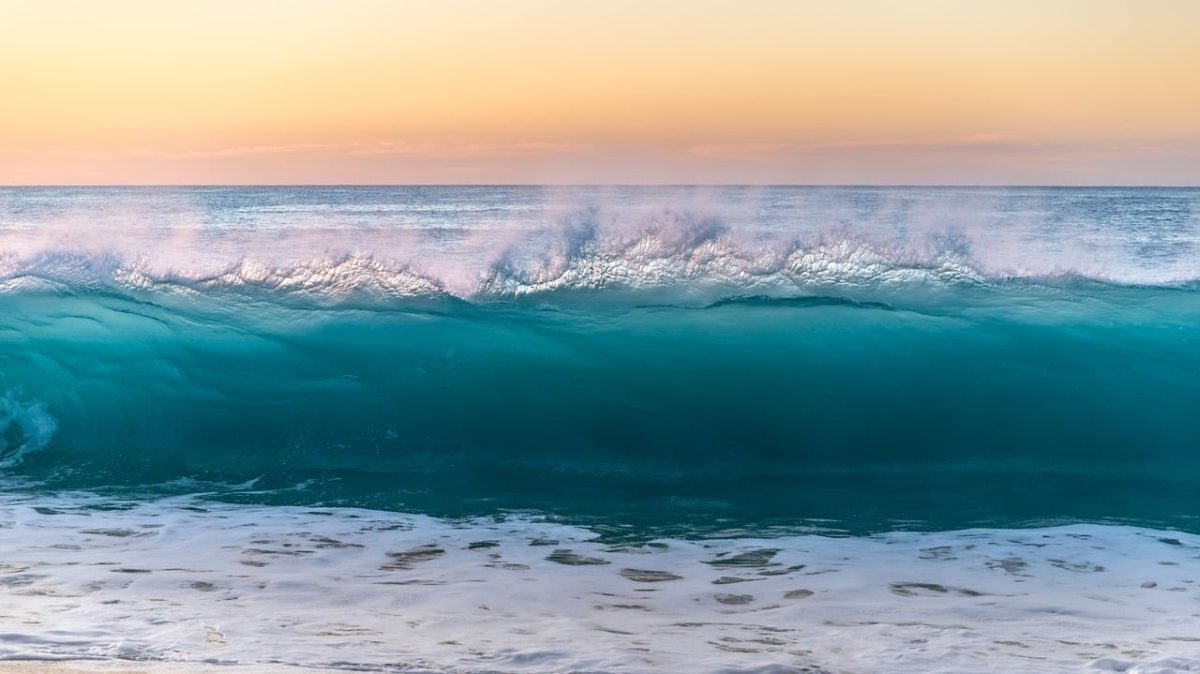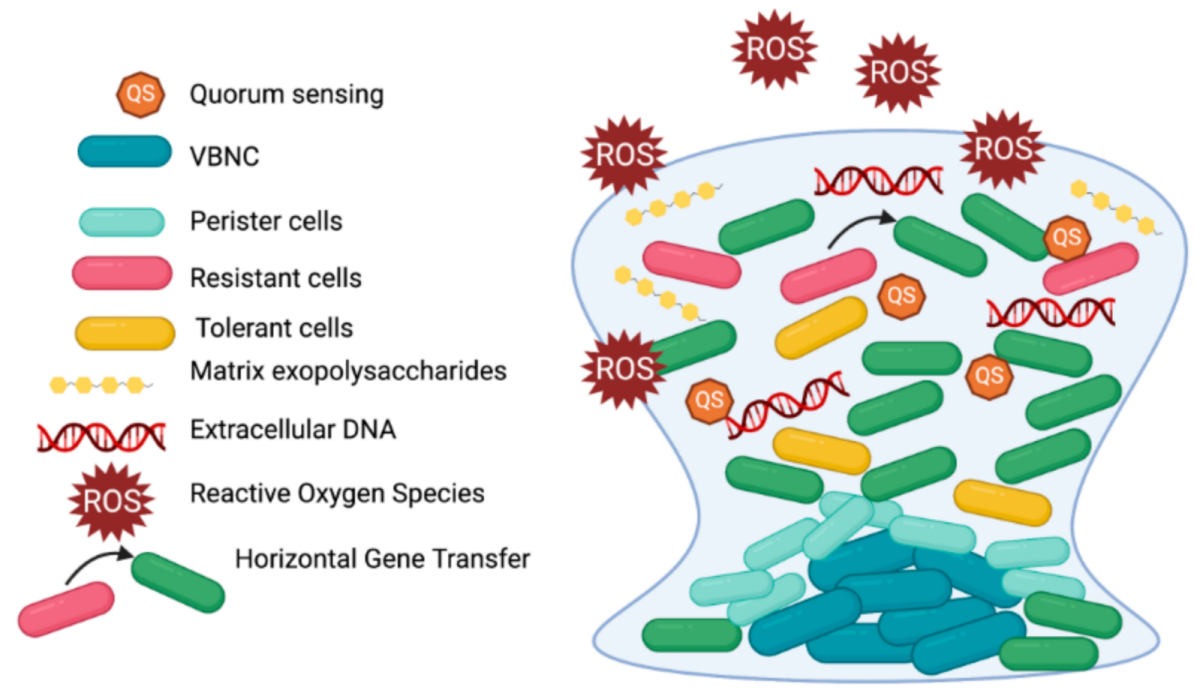A few months ago, there was a brief trend on social media involving the idea of encountering stagnant water during the exploration of abandoned urban areas. Various urban exploration accounts online dramatized ‘still water’ as a life-threatening entity, which led to satirical posts from other creators calling out any body of slow-moving water. This had me wondering: what is still water, and how dangerous is it? Let’s find out!
Still water is a colloquial term for water stagnation, where water stops flowing for an extended time. The reason for its danger? The presence of various types of anaerobic bacteria and insects. The water’s stillness can provide a breeding ground on the surface for biofilm formation, larvae, and even brain-eating amoeba! Like the formation of mold, stagnant water is prevalent in unhygienic and humid areas. Examples of these environments include the aforementioned abandoned indoor urban areas with no sunlight, dirty pond water, and puddles in unmaintained basements.
On July 15, 2014, CNN reported the death of a 9-year-old girl from a brain-eating amoeba. Although events like this are rare, the presence of deadly microbes in stagnant water can still be a scary issue to look at. Naegleria fowleri, the specific parasite commonly referred to as the brain-eating amoeba, infects victims with primary amebic meningoencephalitis traveling from their nose to the brain. This infection is surprisingly rare with grim chances for survival– it destroys brain tissues while causing brain tissue to swell. In stagnant water, deadly microorganisms can thrive, especially during the hot summer. For instance, several researchers published a scientific article observing the contamination of stagnant tap water from various empty university buildings. They found high proportions of dead bacteria with high concentrations of endotoxin, showing how tap water can become risky to drink if water quality measures and regular maintenance was stopped (tap water).
Within stagnant water, biofilm communities can form in just a few days. Attaching to the water’s surface with extracellular polymeric substances, they can grow and detach throughout the shallower parts. With the strongly cohesive structure of biofilm, they can resist chlorine treatment and spread to other surfaces. Another problem is physical damage caused by biocorrosion, potentially damaging materials such as steel used in water pipes and contaminating drinking water. The involvement of biofilm helps with the spread of bacteria throughout the water, contributing to the murky appearance and slow movement on its surface.
Unfortunately, stagnant water can contain insects such as mosquitoes and flies. They like to hatch their larvae on the surface of the water where there is sufficient water and oxygen needed for their survival. Some mosquitoes can carry malaria and dengue, so it’s not advised to swim in stagnant water. In tropical regions such as sub-Saharan Africa, these diseases can be the most prevalent with ideal temperature conditions in unhygienic areas.
With these dangers from stagnant water, it’s important to maintain hygienic measures to stay safe. Just for clarification, still water isn’t the same as stagnant water: still water can just be any type of non-carbonated water such as tap or spring water, while stagnant water refers to water that’s still for a long time with potential health risks. This was a fun article to write, and I learned a lot while doing my research! Hope you enjoyed reading, and stay tuned for my next edition of molecular biology articles!
Sources used:
www.cnn.com/2014/07/15/health/brain-eating-amoeba
www.cdc.gov/naegleria/about/?CDC_AAref_Val=https://www.cdc.gov/parasites/naegleri
https://doi.org/10.3390/pr12020280
Wikipedia, The Free Encyclopedia: “Water stagnation.”























